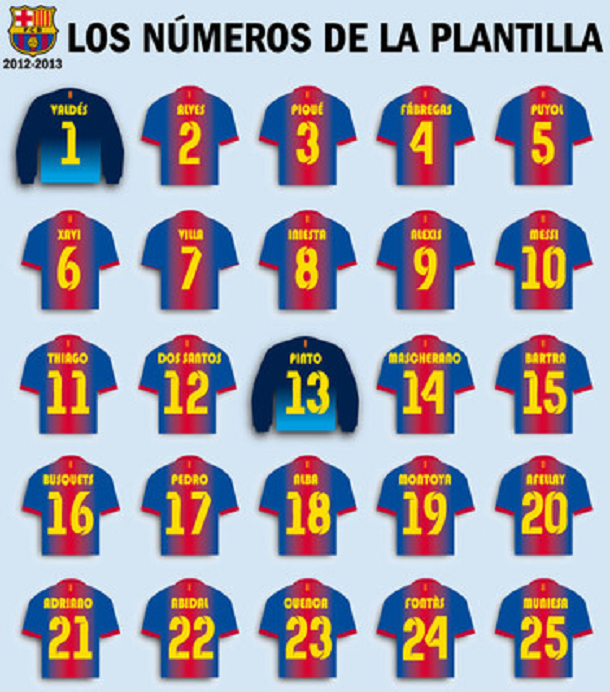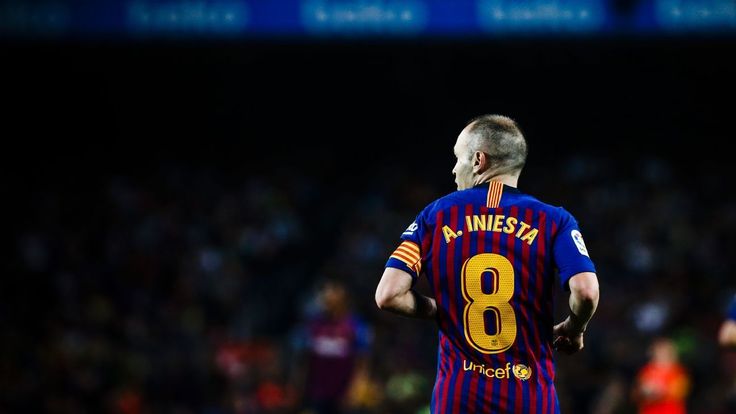Ranking every player to wear No.8 for Barcelona since 1995
Pedri is the latest player to wear Barcelona‘s No.8 – but how have the previous incumbents of the shirt fared?
Nine players have worn the jersey since La Liga introduced fixed squad numbers for the 1995-96 season and it’s been a bit of a mixed bag.
We’ve ranked every player to wear the No.8 shirt for Barcelona since then, from worst to best.
9. Miralem Pjanic
Pjanic arrived at Barcelona in the summer of 2020 with some serious pedigree, having previously played for Juventus, Roma and Lyon.
But the Bosnia and Herzegovina international struggled with injuries and was frozen out by Ronaldo Koeman, starting just six La Liga games in 2020-21.
He took to Instagram in May 2021 and wrote: “This season leaves me with a bitter taste and questions that still need answers.”
After being usurped by teenagers Gavi and Pedri, Pjanic joined Turkish side Besiktas on a season-long loan deal in September 2021.
The 32-year-old has been impressive in pre-season and is willing to accept a salary reduction to stay at Barca.
8. Albert Celades
Having made 36 La Liga appearances under Louis van Gaal in Barcelona’s title-winning campaign of 1997-98, Celdades was then rewarded with the No.8 shirt.
While Van Gaal’s side did retain the title in 1998-99, the defensive midfielder played a far less prominent role and started just 11 La Liga games.
He was then allowed to leave Barcelona and spent a season at Celta Vigo before joining Real Madrid in 2000.
7. Hristo Stoichkov
After Barcelona replaced Johan Cruyff with Bobby Robson in May 1996, Stoichkov decided to return to the Blaugrana and was subsequently given their No.8 shirt.
During his first spell at the Nou Camp, the forward scored 108 goals in 214 appearances in all competitions and also picked up the 1994 Ballon d’Or award.
But the former Bulgaria international was past his best by 1996 and often found himself on Barcelona’s bench, sitting behind the likes of Ronaldo, Juan Antonio Pizzi and Giovanni in the pecking order.
“He’s gone, finished in many ways,” Robson said. “He can’t run so how can he play? He’s all right for half an hour, but long-term, he’s finished.”
Stoichkov scored just eight goals in 35 appearances in all competitions in 1996-97 and returned to Bulgarian side CSKA Sofia midway through the following season.
READ: A tribute to Hristo Stoichkov at Barcelona, the Boss of the Dream Team
6. Arthur
Once dubbed the new Xavi, Arthur came through the ranks at boyhood club Gremio before completing a €31million move to Barcelona in 2018.
The Brazil international won La Liga in his debut season and displayed glimpses of real quality, but he did not show the levels of commitment expected of a top-level professional footballer.
After partying with Neymar in Paris and sometimes appearing overweight, he was shipped off to Juventus in 2020 in a deal that involved Pjanic going the other way.
5. Guillermo Amor
A product of Barcelona’s La Masia academy, Amor made his first-team debut in 1988 and became a key part of the side that won four consecutive league titles.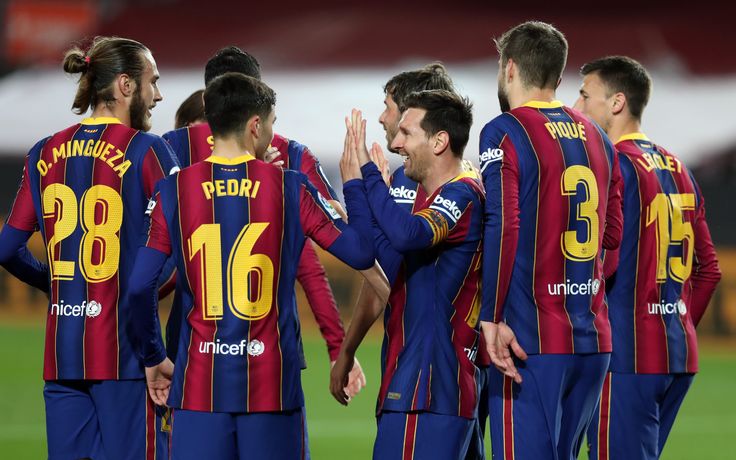
He wore several different numbers during his first few years in the senior team before becoming the first Barcelona player to be officially assigned the No.8 shirt ahead of the 1995-96 season.
The midfielder scored nine goals in 40 appearances in all competitions but Barcelona endured an underwhelming campaign and went trophyless for the first time since 1986-87.
Amor lost the No.8 after just one season and left the Nou Camp two years later, having made over 400 appearances for the club.
4. Dani Alves
Alves is one of the best players in Barcelona’s history, but he only wore the No.8 shirt during his second spell at Camp Nou.
Returning to the club in November 2021, with Barca in crisis and halfway down the La Liga table, the full-back was a steadying influence as Xavi hauled the side to second place.
His most memorable performance came against Atletico Madrid in February 2022; Alves scored, provided an assist and was sent-off during Barca’s 4-2 victory.
The Brazil international left in the summer of 2022 and, quite frankly, Barca have had plenty worse No. 8’s.
3. Ludovic Giuly
Guilly joined Barcelona from Monaco in 2004 and immediately became part of a fearsome front three alongside Ronaldinho and Samuel Eto’o.
The winger scored a combined 20 goals in his first two seasons, helping the Catalan giants win back-to-back La Liga titles and a Champions League crown.
But he began to feature less and less following Lionel Messi’s emergence into the first team and joined Roma in a £2.2million deal in 2007.
READ: A tribute to Ludovic Giuly, the magic elf who couldn’t help but make an impact
2. Phillip Cocu
After joining Barcelona on a free transfer in 1998, Cocu initially wore the No.15 shirt before changing to the No.8 following Celades’ departure.
Unfortunately for the former Netherlands international, his time in the No.8 shirt coincided with the most barren period in Barcelona’s recent history.
But he was one of their standout performers during this turbulent spell and with a better team around him, the midfielder may well have helped them win more silverware.
Cocu finished his Barcelona career with 291 appearances to his name before returning to former club PSV Eindhoven in the summer of 2004.
1. Andres Iniesta
When you think of Barcelona’s No.8 shirt, there’s only one player that springs to mind.
Iniesta had already made over 150 first-team appearances for Barcelona when he switched from No.24 to his preferred No.8 ahead of the 2007-08 season.
He then established himself as one of the best midfielders in the world, helping the club win seven La Liga titles and three Champions Leagues over the next 11 years.
The former Spain international joined Japanese side Vissel Kobe on a free transfer in 2018 and filling Iniesta’s shoes has proved to be an impossible task for Barcelona.
More Barcelona
An ode to Dani Alves’ mind-blowing connection with Messi at Barcelona
19 of the best quotes on Andres Iniesta: ‘It’s like he has a magic wand’
Can you name every Barcelona manager since 2000?
Where are they now? The 10 Barca youngsters Van Gaal gave debuts to
Pedro Gonzalez (Pedri) is the new no.
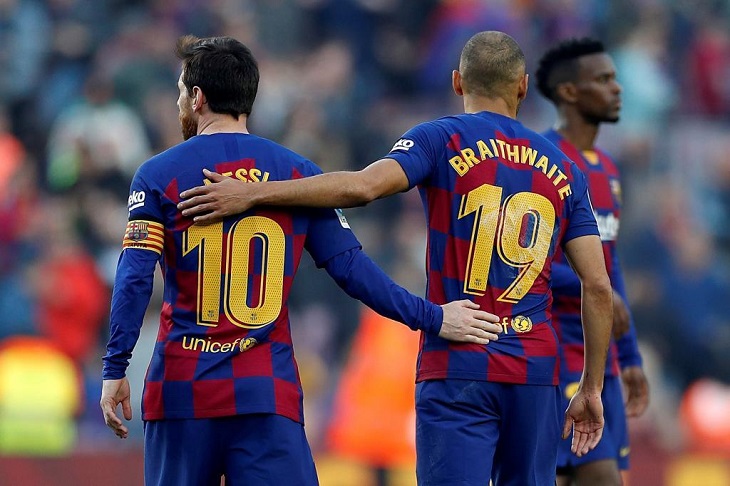
The midfielder previously wore the #16 for two seasons but will now try to make his mark in a new number.
Dani Alves wore the #8 jersey last season, and he wore it for half of the 2021/22 season. However, Barcelona opted not to renew his contract, and the player left the club on a Bosman transfer.
After two years at Camp Nou, the adolescent has a new shirt number and is following in the footsteps of some great Blaugrana stars, with the teenager taking the shirt made famous by club veteran Andres Iniesta for the forthcoming season.
The 19-year-old, who joined the Blaugrana from Las Palmas in 2020, has had two excellent seasons for the club despite their struggles to win trophies, establishing himself as a staple at both domestic and international levels for Spain.
That strong form has earned him a move up the pecking order for next season, following Iniesta’s footsteps and a few other well-known names.
What number did Pedro Gonzalez previously play at Barcelona?
The teenager was given the No.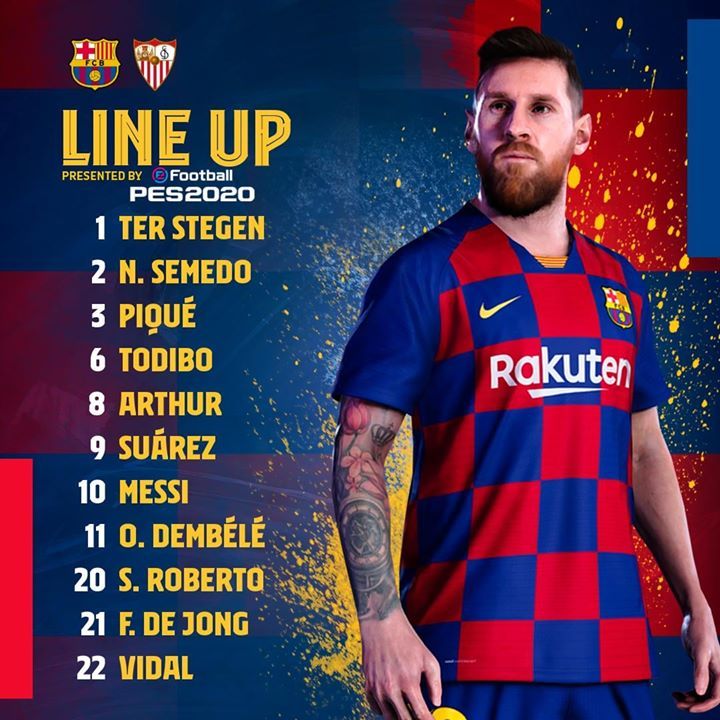
With Bosnia international Miralem Pjanic occupying the No. 8 shirt, Pedri was forced to compete for his spot, which he did, guiding them to reach the 2021 Copa del Rey under Ronald Koeman.
Pedri was kept at No. 16 when Pjanic was loaned out to Besiktas, with No. 8 going to the returning Dani Alves – but the latter has now left the club for the second time, allowing the youth to move up to a starting number.
Other No. 8’s in Barcelona history
Guillermo Amor, Hristo Stoichkov, Albert Celades, and Phillip Cocu have all worn the coveted number for the Blaugrana, as has a former coach and current Manchester City manager, Pep Guardiola. They wore it during the 1993-94 season.
But the shirt is most closely connected with Iniesta, who took the number in 2007-08 and wore it until his transfer to Vissel Kobe in 2018 – where he also wears No.
During his time in the position, he arguably became the most feared midfielder in European and world football. He led Barcelona to a slew of significant honours at home and abroad – though he famously wore No. 6 for Spain in the 2010 World Cup Final in South Africa, with now-Barca manager Xavi instead wearing his number on the world stage.
With Pedri earning a legendary shirt at Barcelona, another player, Gavi, is also undergoing a significant shift.
Gavi is set to enter a new deal at Barcelona.
The midfielder has drawn interest from Europe’s elite clubs, but he is ready to sign a new contract. Mateu Alemany, Barcelona’s sporting director, has stated that the club is optimistic Gavi will sign a new contract.
Gavi’s current contract expires in the summer of 2023, and the Camp Nou club has talked with him for some time about a long-term deal.
The 17-year-old is one of the highest-rated players to emerge from the club’s development programme in recent years, attracting the attention of some of the continent’s elite teams.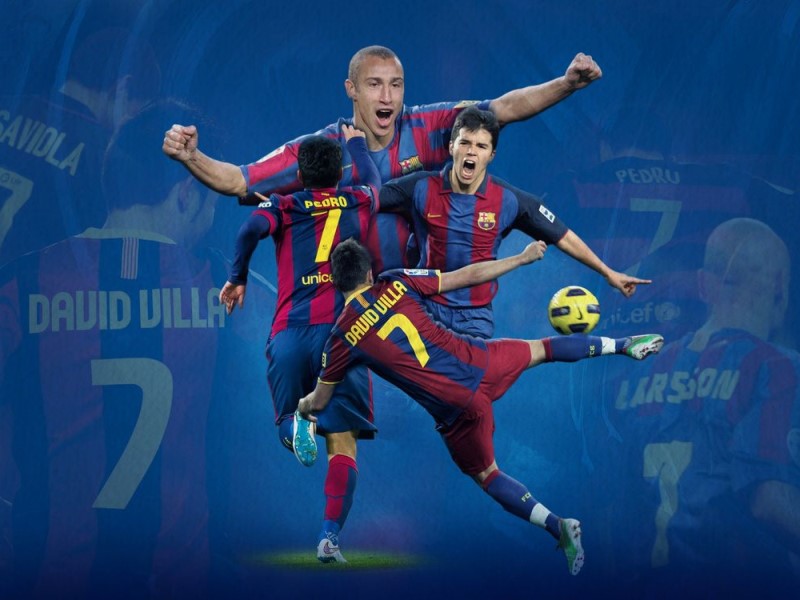
Barca director Alemany has indicated that the two parties are close to an agreement, but he will not be signed to a new contract until August, when he will turn 18 years old.
“There is a framework agreement for the renewal of Gavi, with the player and with his agent,” the Sporting director told media persons.
“The club, the player and the agent are committed to making this happen. We will wait until the player is 18 years old to be able to sign a contract of more than three years. Gavi is going to continue at Barca, 100 per cent.”
After making his debut for Barcelona last season, the Spaniard has grown in the first squad. Gavi’s current wage is €100,000, the same as the most outstanding junior academy players.
His agent is asking for a massive hike, urging the club to increase his salary to €6 million every season. On the other hand, Barcelona is currently unwilling to go above €4m.
Gavi has not gone ignored by Europe’s elite clubs, with Bayern Munich interested and willing to pay more than Barcelona.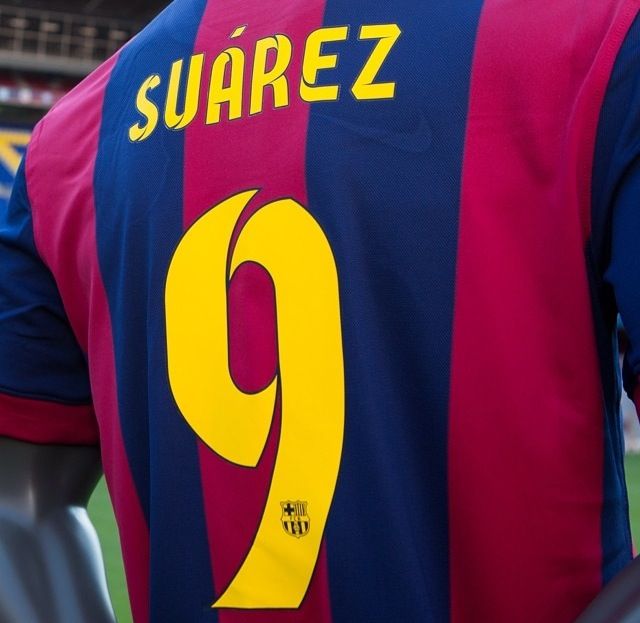
What number did Andres Iniesta wear?
Andres Iniesta is a Spanish footballer, one of the most outstanding players in the history of world football. The athlete is on the list of record holders for the number of awards and titles among Spanish players.
Barcelona
In his first season with FC Barcelona, of which Andrés is a student, he wore number 34 . The next four years in the composition of this team on the athlete’s T-shirt was the number 24 and later number 8 appeared. Under this number, the footballer played until the last match for this team. Iniesta has always been part of the first team of the Spanish professional club, acting as an attacking midfielder and often a key player.
With Barcelona Andres Iniesta received:
- nine times Spanish Champion,
- six Spanish Cups,
- seven Spanish Super Cups,
- four times UEFA Champions League title,
- three UEFA Super Cups,
- three times the status of the winner of the Club World Cup.
Shortly before the end of his career at Barcelona, Iniesta was appointed team captain.
Get new forecasts: Vkontakte and Telegram .
Vissel Kobe
After moving to the Japanese club Vissel Kobe, Andres’ career continued to develop successfully: as part of the club, Iniesta won the Cup and the Super Cup of Japan. Throughout all his playing seasons for Vissel Kobe, Andres wore 8th number .
Spain national team
Iniesta represented the Spanish youth team for four years. All these years, he wore the figure eight on his back, playing as a central midfielder and sometimes taking the field as team captain.
In 2005, Andres made his debut as a player in the adult national team at the European Championship. In its composition, Andres wore numbers 13 and 16 for two years, as well as number 6 , which became his permanent. At the World Cup, the footballer scored the decisive goal in the final, thanks to which the Spanish team won the competition.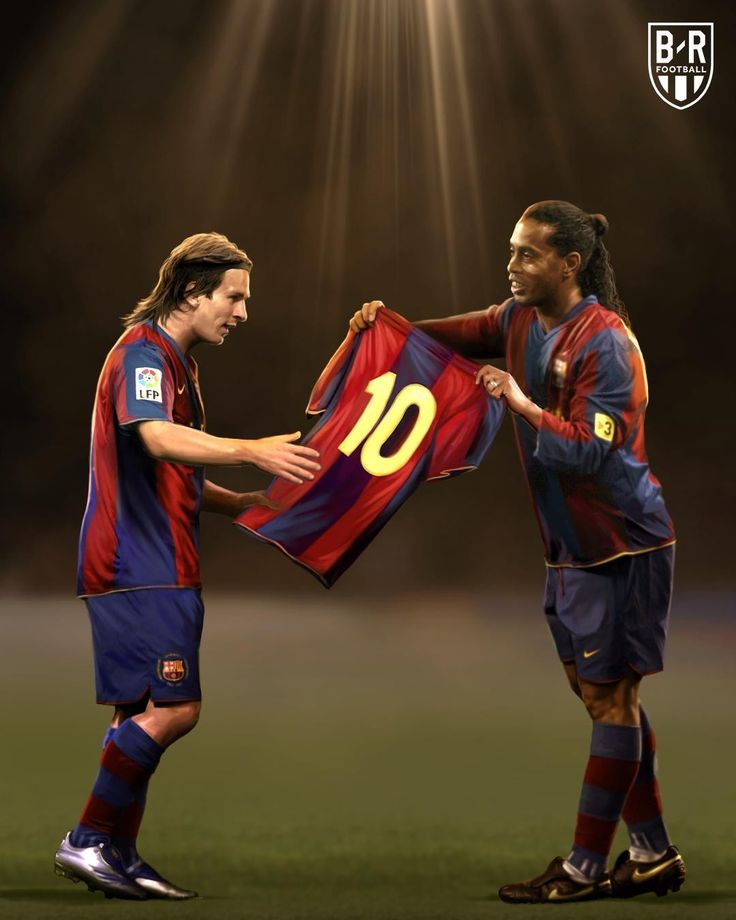
Personal achievements
Among personal achievements:
- three times the best attacking midfielder of the championship of Spain;
- UEFA Champions League Player of the Year;
- Best Euro Player;
- Confederations Cup Silver Ball Winner;
- Golden Leg Award Winner;
- UEFA Champions League Final MVP;
- Winner of the bronze ball of the Club World Championship.
In addition, Andres Iniesta has repeatedly been a member of the symbolic teams of various championships, namely the European Championships, the World Championships, the UEFA Champions League.
All about football
How to learn to play the pass?
Of all the variety of football elements, the main one is the ability to give an accurate pass. Football is…
Is 4-3-3 really the best game formation?
One of the most popular tactical formations in modern football is.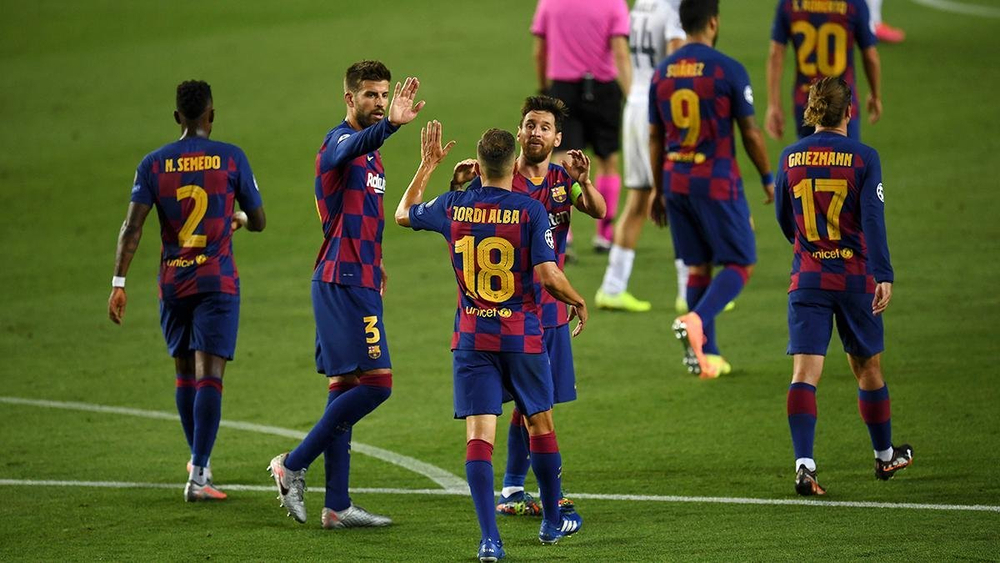
Goal throw in futsal: concept, procedure, violations during execution
Futsal is rapidly gaining popularity as…
Football injuries
For most football players, injuries are as commonplace as scoring goals or receiving reds…
Football vocabulary
Junior
Who is called a junior in football?
Until what age is a football player considered a junior?
How to understand a junior athlete?
Junior is…
Guardian
Guardian: what does it mean in football?
What functions does a guardian perform during a football match?
“Guardian” is an athlete…
Dribbler
Who is a dribbler?
What players are called dribblers?
How is a dribbler different from other footballers?
Dribbler is…
Blocked shot
What is a blocked shot in football?
How to do a punch block?
Blocked punch -.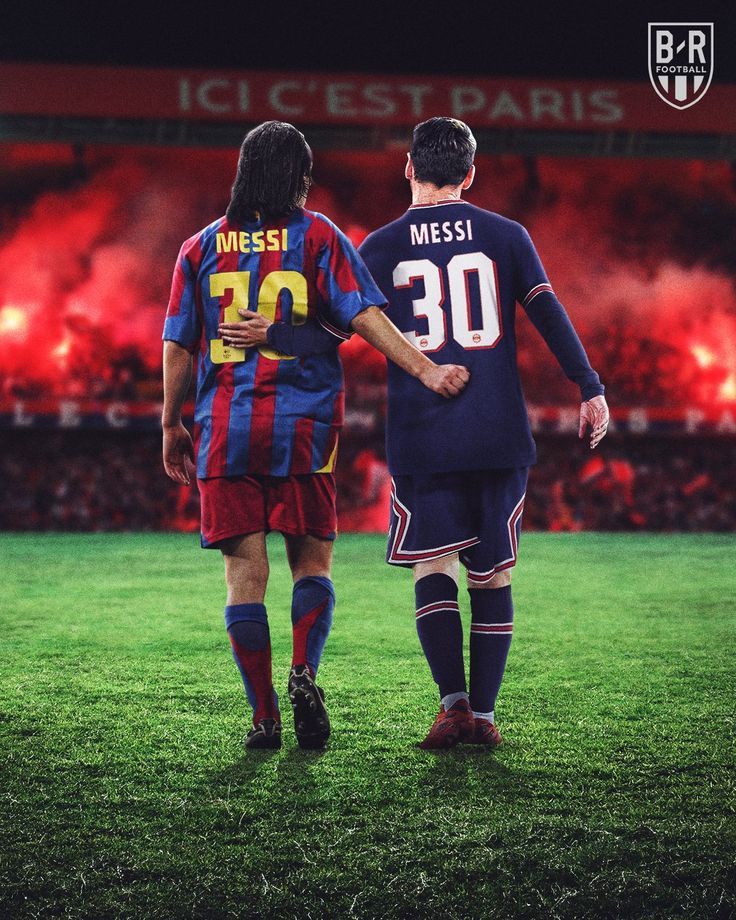
All about sports
Footwork in boxing: exercises for training and movement technique
Nowadays, it is almost impossible to imagine performances…
What qualities does basketball develop?
Since its inception at the end of the 19th century, basketball has become incredibly popular. Its own…
Radiosport: categories, exercises, competition rules, judging
It may sound strange to say that almost every person is…
Stade de la Tuilière (Lausanne)
Located in in the Swiss city of Lausanne, the Stade de la Thuillière is…
The best in history: Barcelona strikers – football.ua0001
Football.ua continues the project, in which the site’s editors, together with their readers, will choose the best composition of the main clubs in Europe.
Recall that ten clubs were selected for the project: eight of the greatest clubs in Europe (Manchester United, Liverpool, Real, Barcelona, Juventus, Inter, Milan, Bavaria), as well as two giants of Ukrainian football – Dynamo and Shakhtar.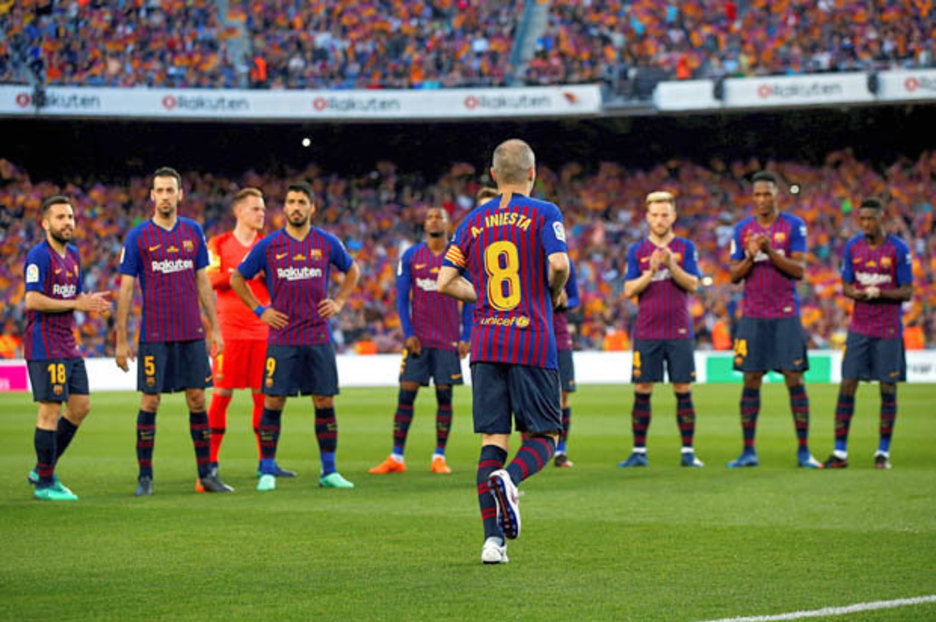
We have already talked about the legendary goalkeepers, defenders and midfielders of Barcelona.
In the next article of the project The best in history, we will talk about the best strikers in Barcelona. About those who acted as the tip of the attacks of the Catalans and expressed the entire attacking potential of the team.
Recall that the game scheme, according to which we make up the symbolic team of Barcelona, is 4-3-3. In this material, you will need to choose two wingers and one center forward. This poll is quite difficult, as there have been many deserving players in the history of Barcelona who represented the attacking line. A lot of legendary football players had to be “screened out” from this list, for example, Rivaldo, Mariano Martin, and so on.
Right winger
Lionel Messi
Appearances: 2004 – …
Matches: 718
Goals: 9627 Assists 261
Perhaps in the case of the right winger we will make an exception and not hold a vote.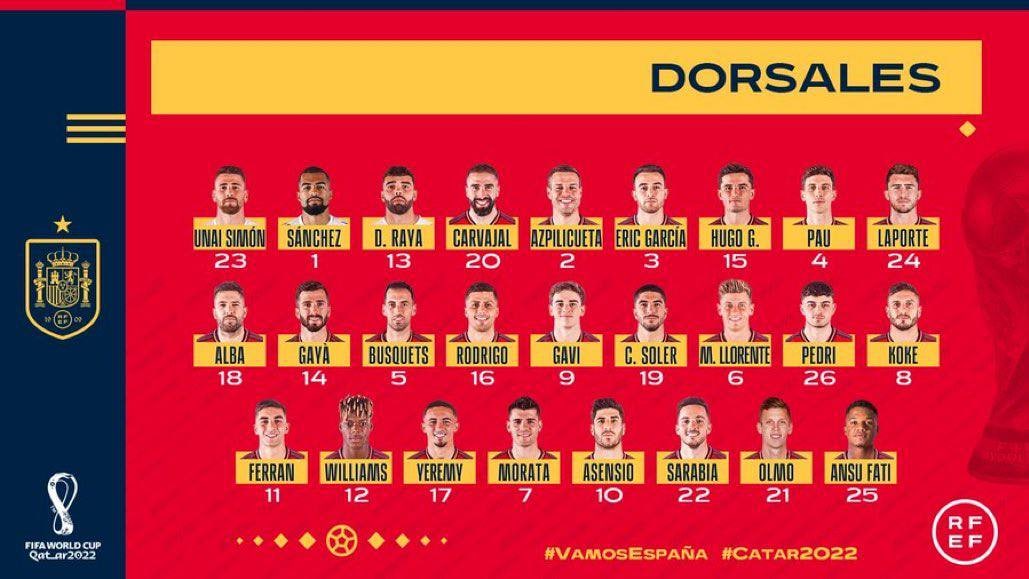
In 2006, Messi won the Champions League for the first time as a player in the Catalan rotation, but a year later the Argentine was already a full-fledged leader of the team.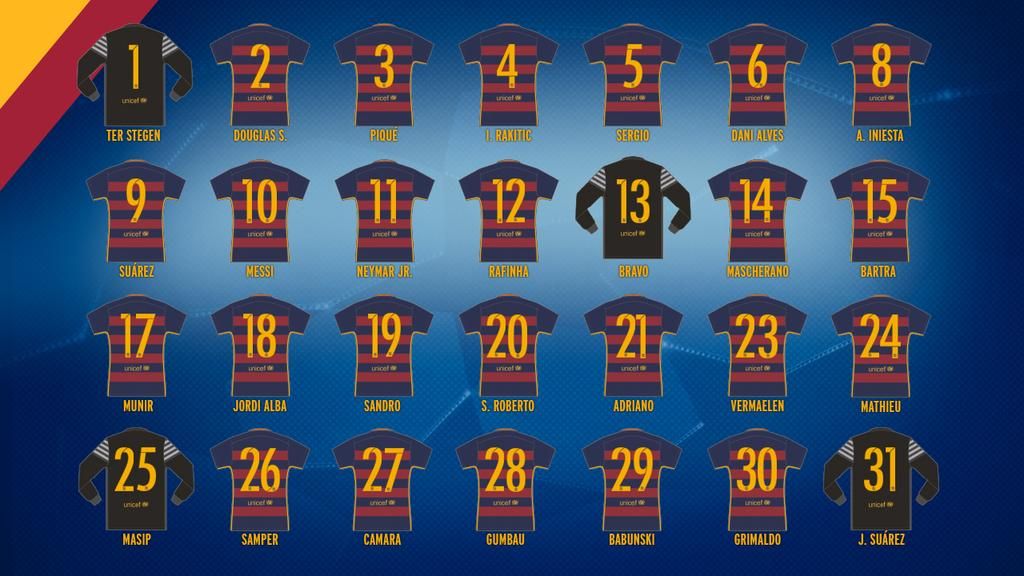
Messi has six Golden Balls, four Champions Leagues, ten wins in the Spanish Championship, three UEFA Super Cups and three Club World Cups, eight Super Cups and six Spanish Cups. Messi also holds the record for Barcelona in the number of goals scored and is in second place in the number of matches played for the club, after Javi Hernandez.
Left winger
Ronaldinho
Playing period: 2003 – 2008
Matches: 90 15 901 07 207
Goals: 94
Assists: 71
It’s probably not worth talking about Ronaldinho too much.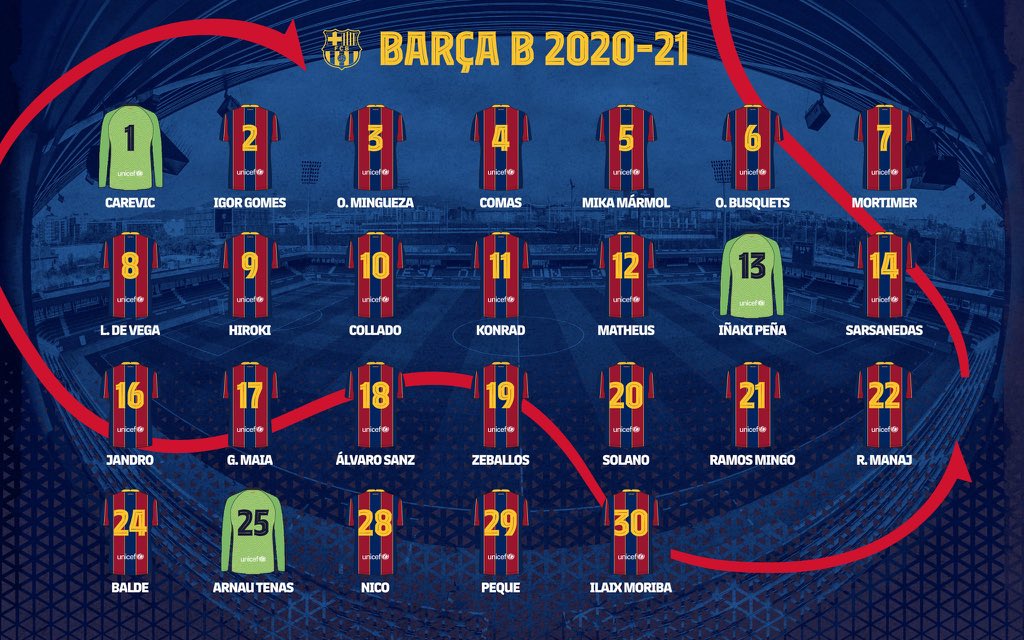
A year later, Ronaldinho triumphed with Barcelona in the Champions League. The 2005/06 season was one of the most successful in the history of the club, because in addition to the Champions League, the Blaugranas won La Liga and the Spanish Super Cup. Ronaldinho, along with Messi, is one of those players who received a standing ovation from the fans of Real Madrid’s most principled rival after a phenomenal performance at the Santiago Bernabéu.
Ronaldinho played for Barça for five seasons, after which he left for Milan, because at the Camp Nou, young coach Josep Guardiola started a restructuring, and the team suddenly didn’t need both Ronaldinho and Deco. However, there are rumors that the Brazilian and the Portuguese were regular violators of discipline, which was a key factor in their departure from the club. Despite a short spell at Barça, Ronaldinho has managed to go down in club history as one of the most successful and talented players of his generation.
Hristo Stoichkov
Performance period: 1990 – 1995; 1996 – 1998
Matches: 247
Goals: 114
Assists: 9005 02
Bulgarian football legend Hristo Stoichkov played for CSKA Sofia from 1984 to 1990th.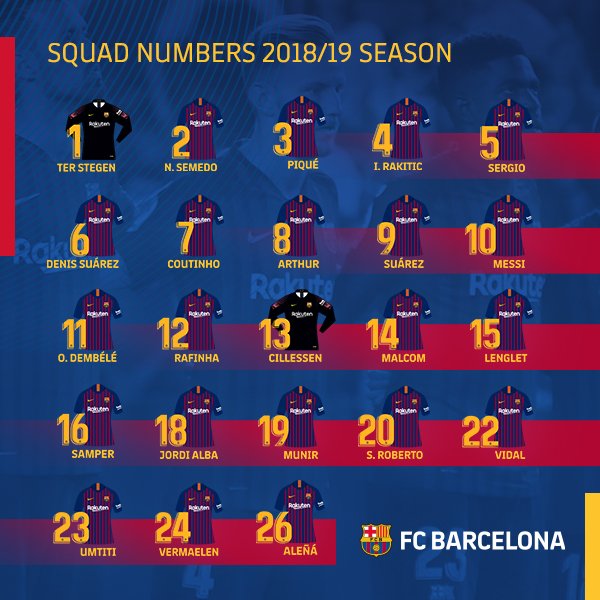
Later, information began to appear in the media about a possible conflict between Stoichkov and Cruyff, but this was not displayed in any way on the game of the Bulgarian, who regularly played at the base of the Catalans and scored goals. In 1994, Stoichkov even won the Golden Ball, having successfully performed with the Bulgarian national team at the World Cup. A year later, Stoichkov left Barcelona, allegedly because of that conflict with Cruyff, and moved to Parma for 11 million euros.
After playing one season for the Italian club, Stoichkov returned to Camp Nou when Johan Cruyff left his position and Bobby Robson took over the team.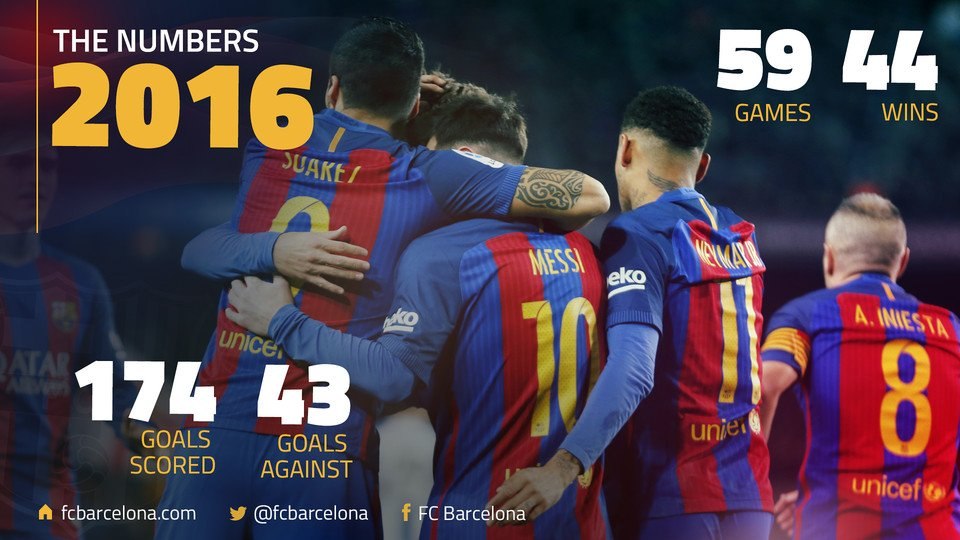
Stoichkov was a fast, creative, tenacious left winger, but was also capable of rebounding to inside positions. Stoichkov was a prominent representative of the Balkans – powerful, physically strong. The Bulgarian also had excellent technique. Stoichkov had excellent starting speed, great dribbling at speed and unpredictable long-range shots on goal.
According to the editors of Football.
Center forward
Ladislav Kubala
Playing period: 1950-1963
90 251 6
Goals: 194
Kubala is from Hungarian-Slovak family. Born in Budapest in 1927, he started playing football at the local club Hans Thorn. Later, the talented footballer was noticed by the Hungarian football giant Ferencváros. Further in his career were FC Bratislava (now Bratislava Slovan), Hungarian Vashas. But at 19On the 49th, Kubala was forced to become a refugee, who did not agree with the socialist regime that had come to his country. Ladislav left for Italy, where he began training with Milan, and later signed a contract with the Pro Patria club.
At the same time, the Hungarian Football Federation filed a complaint with FIFA with a request to ban Kubal for life for fleeing. The football player did not give up trying to get the disqualification lifted and return to big football. In 1950, Kubala moved to Barcelona, which was coached by the Slovak Ferdinand Dauchik, with whom Ladislav worked in Bratislava. In the same year, Kubala took Spanish citizenship, and a year later, FIFA lifted the player’s disqualification and he managed to make his debut for a new club.
Kubala immediately became a major player in the team, thanks to a close relationship with the head coach, who led the “blue garnet” until 1954. Ladislav scored 56 goals during his first three seasons, helped win the Spanish Championship twice and the Spanish Cup three times. Later, the team was led by the Italian Sandro Puppo, under whom Kubala continued to improve statistics. The former Hungarian became the idol of local fans, who called him “God”.
Ladislav was distinguished by his strong physique, excellent technique and extraordinary vision of the field. Kubala was a free-kick master at Barcelona.
However, with the arrival of the team as head coach Helenio Herrera in 1958, Kubala began to appear less and less in the starting lineup of the team and eventually left Barcelona in 1961.
Cesar Rodriguez
Playing period: 1940 – 1955
Matches: 9005 3 51 Goals: 232
Cesar Rodriguez crossed paths with Kubala in Barcelona. In fact, Kubala became Rodriguez’s successor in the status of the main star of the team. Cesar Rodriguez at 19At the age of 1939, he joined Barcelona, but was forced to go on loan to Granada for two years, where he served in the military.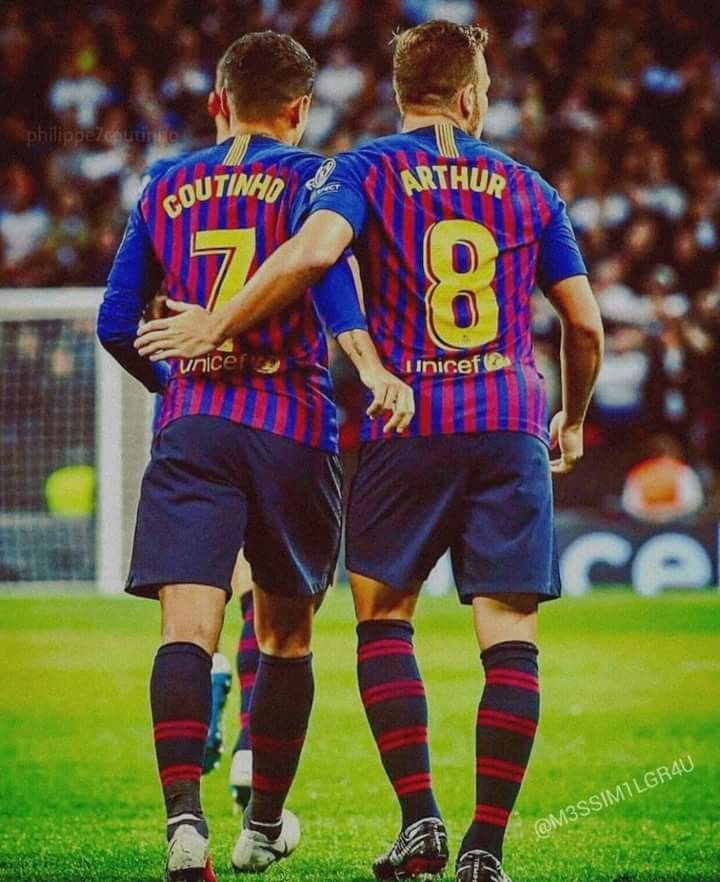
Rodriguez returned to the capital of Catalonia in 1942 and in the very first season he told his mentor Juan Noguez that he had relied on him for a reason. In his debut season, Rodriguez scored 13 goals in 23 matches. Cesar managed to maintain high performance under the new mentor Josep Samitier, who came in 1944. In the first season, Cesar scored 15 goals in 24 matches, while Barça won the Spanish championship.
Ultimately, Rodriguez played for the Catalan club until 1955, winning the Spanish championship five times and the national cup three times. Until 2012, Rodriguez was the top scorer in the club’s history with 232 goals, but Lionel Messi surpassed this achievement.
The main feature of the player was the ability to perform “dry sheets”, scoring from corner kicks. Rodriguez also had excellent speed and excellent technique. The striker was excellent with both feet and a powerful headbutt.
youtube.com/embed/sEyz_ZlaFkU”>
Luis Suarez
Playing period: 2014 – …
Matches: 270 905 goals: 270 905 goals 191
Assists: 108
Suarez moved to Barcelona already in the status of a star. In 2014, the Catalans paid 82 million euros to Liverpool for the Uruguayan. In the very first season, Suarez managed to become a key player in the team, becoming part of the Super Trio with Lionel Messi and Neymar. The Uruguayan scored 25 goals in 43 matches, thereby helping the Blue Garnet to complete the treble, winning the Champions League, the championship and the Spanish Cup.
The following season, Suarez’s performance reached an unprecedented mark: 59 goals in 53 matches and Barca again became the strongest in Spain. With the departure of Neymar from the team in 2017, Suarez, along with Messi, became the main striking force of the team.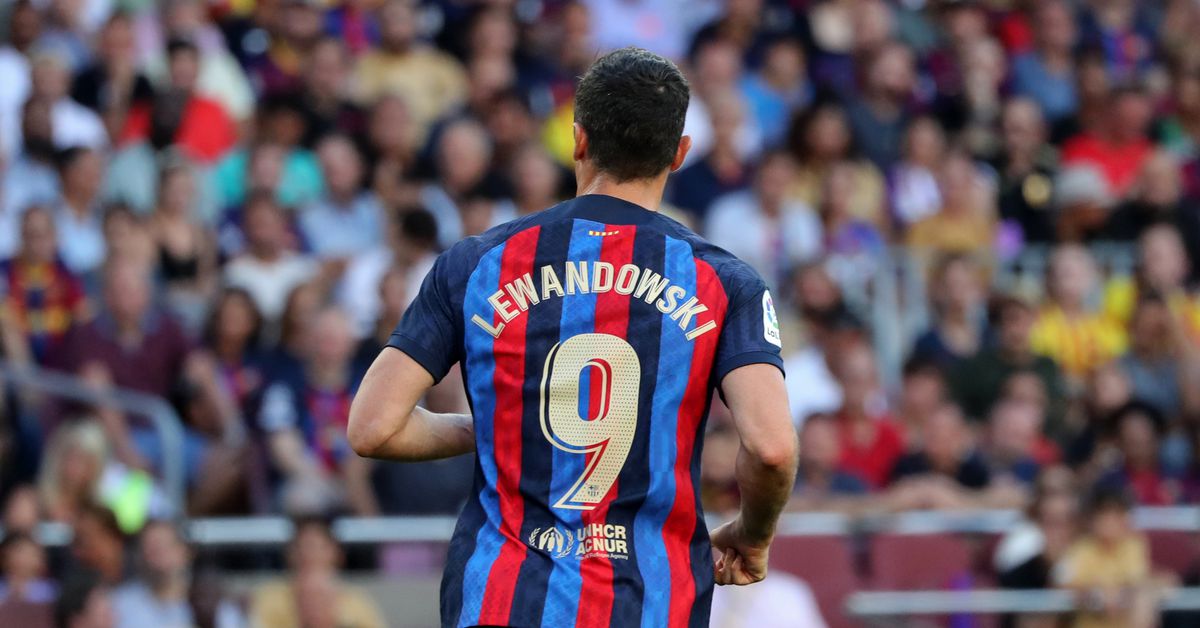
In five seasons at the Camp Nou, Suarez scored 191 goals in 270 matches, thus climbing to fourth place in the list of top scorers in the history of the Catalan club. In total, Suarez and Barcelona have four victories in the championship and the Spanish Cup, two triumphs in the country’s Super Cup. One victory each in the Champions League, the Club World Cup and the UEFA Super Cup.
Suarez is best known for his power and agility. Thanks to good technique, the Uruguayan knows how to leave with nothing overall defenders. Suarez is considered to be quite a smart football player, both in terms of tactics and in the ability to feel the pace of the team and choose the right position. Louis also has a good starting speed, which gives him an advantage against opponents’ defense players.
Samuel Eto’o
Performance period: 2004 – 2009
Matches: 199
Goals: 130
Assists: 907 902 405 08
During his career, the Cameroonian played in many clubs, namely thirteen.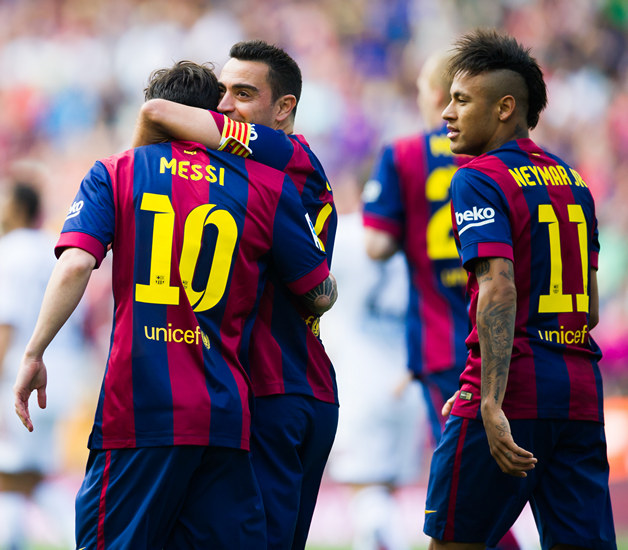
With his game, the footballer fully justified the hopes of the fans. In the very first season, Samuel managed to become a key player in the team, scoring 29 goals and giving 7 assists in 45 matches. The following season was no less colorful for Eto’o – 34 goals and 10 assists in 47 matches. The next two campaigns, the football player continued to delight the fans with his game and performance, however, he did it less often due to some health problems.

